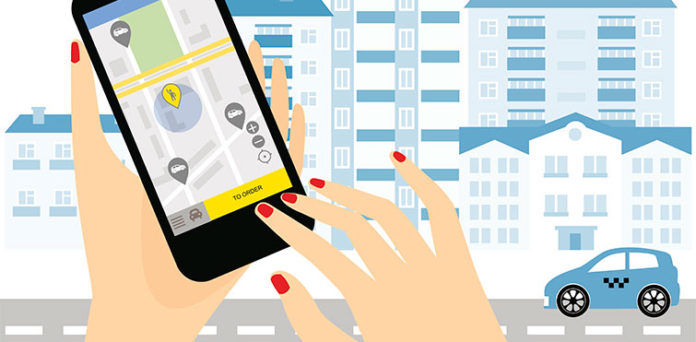Professor Bissan Ghaddar from the University of Waterloo conducted a study on ride-sharing, a few years ago, that showed the potential for a 60 per cent decrease in total car use due to compatible passengers and drivers.
This challenges the prevailing notion of carpooling as a factor of convenience from time and location. Instead, it focused on the social aspect of a commute.
His research showed that car rides that consisted of a form of social interaction between the commuters were far more enjoyable for people than long commutes of awkward silence. He and his team of researchers developed GRAAL, which stood for “a data-driven methodology for GReen And sociALcarpooling”. Essentially, they researched a carpooler based on their Twitter feeds and likelihood of socializing with similar types of people.
In addition, they surveyed a sample of 237 people and 39 per cent of them voted for a more sociable but less sustainable ride, as opposed to an eco-friendly but less sociable ride.
Putting their research into practice, using a computer algorithm developed with IBM and two Italian universities, people were matched with carpoolers based on interest, time and location in San Francisco and Rome.
This concluded in happy and compatible riders leading to a 40 per cent decrease in car usage in San Francisco and a 57 per cent decrease in car usage in Rome.
Evidently, this disruptive technology does show a decrease in car usage.
“This could be a system that could put a dent in gridlock, reduce pollution and make commuting to work more enjoyable,” Ghaddar said.
There seems to be a huge social aspect that is important to a person’s commute indeed. The ride-sharing industry has been booming since Uber introduced the concept of ride-sharing as opposed to the traditional taxi service. This has truly been disruptive innovation in the industry, and as research on methods of popularizing ride-sharing grows, so does Uber and Lyft’s businesses. Perhaps we will see more integration of social commuting the next time we open up our phone and call a ride-share.





























